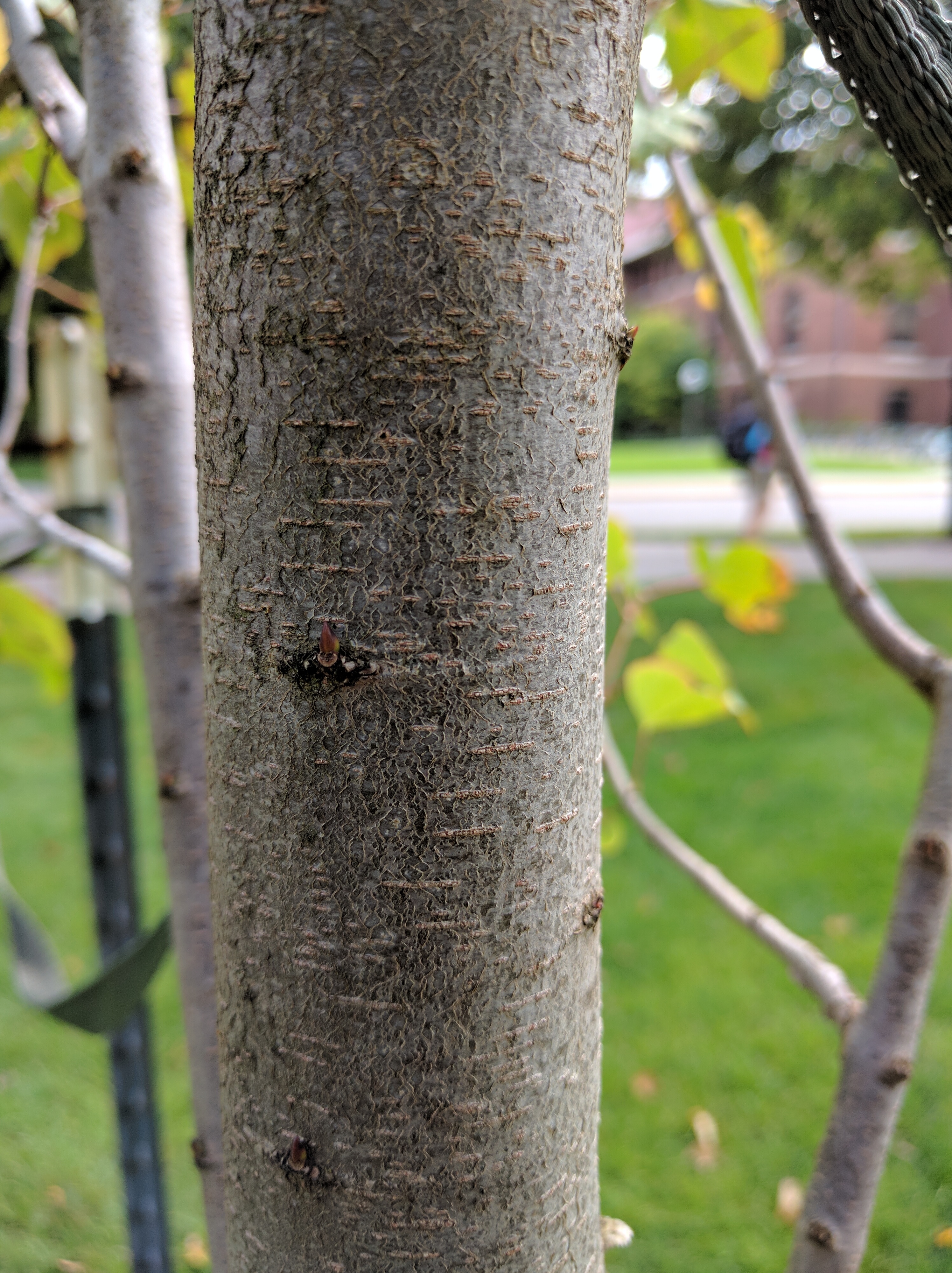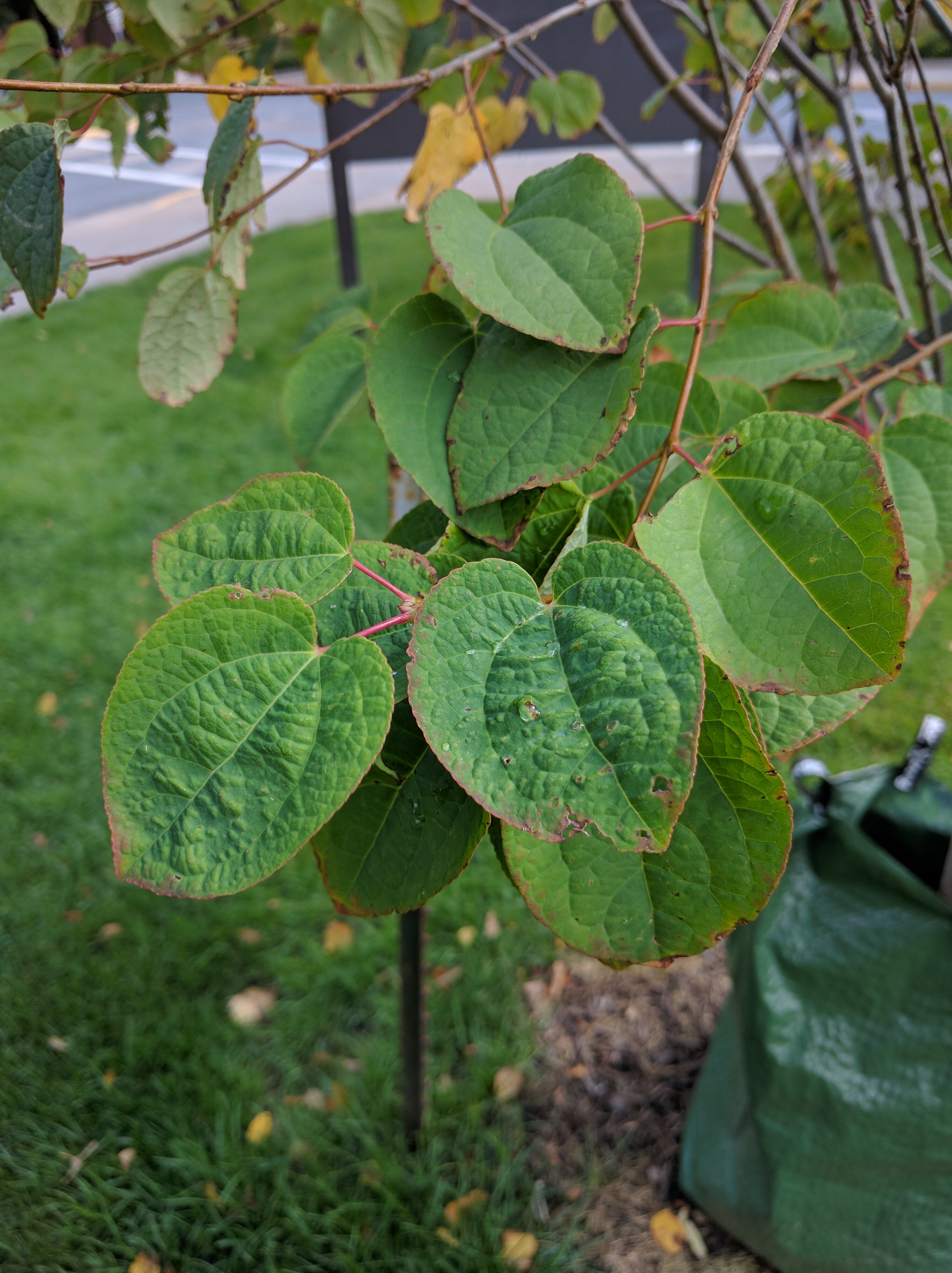Common Name: Katsura, Katsura tree
Scientific Name:
Family: Cercidiphyllaceae
Genus: Cercidiphyllum
Species: C. japonicum
Hardiness Zone: 4 to 8
Height: 40 to 60 ft
Width: 20 to 30 ft
Common characteristics:
The Katsura tree will grow to heights of 40-60' tall. The bark is light gray and flaky, appearing slightly shaggy. Leaves are simple and grow in opposite to sub-opposite leaf arrangements. The leaves are heart-shaped and display a rounded crown with reddish-purple leaves emerging in the spring, eventually becoming bright golds, oranges, and reds in the fall. The autumn leaves have been said to give off a smell similar to cinnamon in late autumn, especially immediately after falling.
Where it grows:
Spring planting is best to allow root development. The Katsura tree is shallow-rooted and will benefit from a layer of mulch to maintain a cool root environment. Additionally, this tree is drought-sensitive and should be watered in dry conditions.
How it’s used:
This tree is best suited for lawns or parkways.
Ecosystem services:
This tree is used by insect pollinators.
Where it is native to:
Native to China and Japan.
Known Varieties and Their Traits:
Weeping Katsura Tree (Cercidiphyllum japonicum ‘Pendulum’): 15 to 25 feet high and 20 to 25 feet wide; weeping form.
Red Fox Katsura Tree (Cercidiphyllum japonicum 'Rot fuchs'): An upright oval reaching 30 feet high and 16 feet wide; bronze purple spring foliage turning bronze-green in summer. Fall color is orange-bronze.
Problems:
No serious problems with pests are known. Leach scorch is common in hotter, dry sites.
References:

